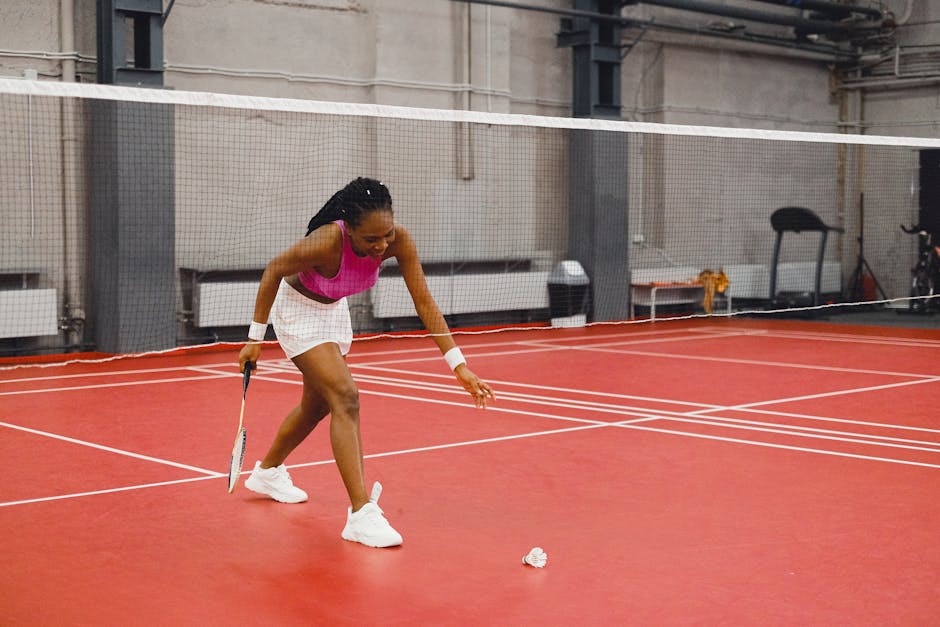Badminton, a sport of agility, precision, and power, requires the right equipment to truly excel. And at the heart of it all lies the badminton racket, an extension of the player's arm, a tool that translates skill into soaring shots and lightning-fast reflexes. Choosing the right racket can significantly impact your game, whether you're a beginner just learning the ropes or a seasoned pro aiming for the top.
There's a wide array of badminton rackets available, each designed with specific playing styles and skill levels in mind. Understanding the key features and how they influence your game is crucial in making an informed decision. Factors like weight, balance point, stiffness, and grip size all play a role in determining the racket's overall performance and suitability for your individual needs.
Weight is a primary consideration. Lighter rackets offer greater maneuverability and are ideal for quick defensive plays and fast-paced rallies. Heavier rackets, on the other hand, provide more power and stability, making them suitable for offensive players who rely on powerful smashes and clears. Finding the right balance between maneuverability and power is key.
The balance point of a racket refers to the distribution of weight along its length. Head-heavy rackets generate more power, while head-light rackets offer better control and quicker swings. An even-balanced racket sits somewhere in between, offering a compromise between power and control. Your playing style and preferred shots will dictate which balance point suits you best.
Shaft stiffness also plays a significant role in racket performance. A stiffer shaft offers more power and control, especially for advanced players who can generate high swing speeds. A more flexible shaft, however, provides more power even with slower swing speeds, making it suitable for beginners or players who prefer a more relaxed playing style.
Grip size is another important factor. Choosing the correct grip size ensures a comfortable and secure hold, preventing slippage and maximizing control. Too small a grip can strain your wrist and forearm, while too large a grip can hinder quick wrist movements. Experimenting with different grip sizes is recommended to find the perfect fit.
Beyond these core features, the material of the racket frame and string tension also contribute to its overall performance. Frames are typically made of graphite, aluminum, or a combination of both. Graphite offers excellent strength and lightness, while aluminum is more affordable and durable. String tension affects the feel and control of the shuttlecock, with higher tensions offering more control and lower tensions providing more power.
Choosing the right badminton racket is a personal journey. Consider your playing style, skill level, and budget. Don't hesitate to try out different rackets before making a decision. With the right racket in hand, you'll be well on your way to experiencing the thrill and excitement of this dynamic sport.
